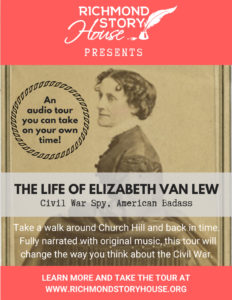Founding-Documents Blog Series: Part Three
Between now and July 4th, my blog features an ongoing series related to the history and signing of the Declaration of Independence…
. . . . . . . . . . . . . . . . . . . . . . . . . . . . . .
Who Was Really the Last Congressman?
Since I began writing Carrying Independence—a story that hinges on the fact that not all Congressmen signed the ONE document were in the same room on the same day to affix their signatures (covered in Part One)—I’ve often been asked, “Who was the last one Delegate to sign it?” I look at two men in particular:
Matthew Thornton was the 56th Delegate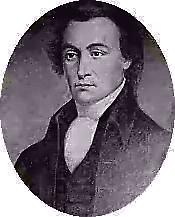
As I mentioned in Part two of this series, the first 49 Congressmen to sign the Declaration of Independence gathered August 2nd, 1776. At that time there were a total of 55 delegates in the Continental Congress. When I asked Joseph D’Agnese, co-author on the book, Signing Their Lives Away, why Thornton was added late, he said, “it was up to each state to determine how many delegates to send to Congress.”
In September, 1776, New Hampshire decided to enlist Matthew Thornton. A rather handsome, Irish-born man, with a reportedly sharp sense of humor and weakened eyes from a smallpox inoculation, Thornton finally joined Congress in Philadelphia in November, 1776, where it is assumed he signed the document.

Thomas McKean Was the Last Man to Sign It
The last man to affix his signature, date-wise, later helped the newly formed states develop a Constitution. Thomas McKean had homes in both Philadelphia and Dover, Delaware, and for the better part of 1776 and into 1777, he was literally on the run from the British.
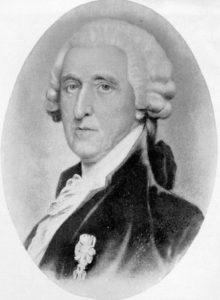 McKean wrote to John Adams about being, “hunted like a fox by the enemy, compelled to remove my family five times in three months, and at last fixed them in a little log-house on the banks of the Susquehanna.” No small feet with five children and his second wife pregnant with number six.
McKean wrote to John Adams about being, “hunted like a fox by the enemy, compelled to remove my family five times in three months, and at last fixed them in a little log-house on the banks of the Susquehanna.” No small feet with five children and his second wife pregnant with number six.
Although McKean’s letters confirm he did not attend the August 2nd signing, unfortunately his letters do not indicate where or when he affixed his name. Historians speculate it was some time after March of 1777, or as late as 1781 when he was back in Philly working on the Articles of Confederation. Regardless it was his signature that united the colonies, making them unanimous states at last.
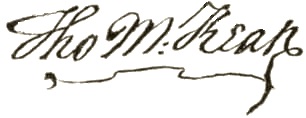
Reader Insider Notes: The “little log cabin on the Susquahanna” Thomas McKean mentions in his letter to Adams, is where I chose to have my protagonist find Thomas McKean. Confusion over where that little house actually was/is, became a plot device.
Also, there’s a joke, attributed to no one in particular that begins, “Where did the delegates sign the Declaration of Independence?” When I discovered that Matthew Thornton, due to his late addition, was forced to squish his signature into the very bottom right corner of the document, I claimed the original punchline of that joke for the jolly fellow to share:
“Now, when people ask me where the Declaration was signed, I can honestly answer,” Thornton chuckled through his punchline, “at the bottom.” – An excerpt from Carrying Independence
. . . . . . . . . . . . . . . . . . . . . . . . . . . . . .
For more history nerd posts like these, subscribe to the blog. Guest posts are welcomed and encouraged. Contact me for details.
For behind-the-scenes author-related news, giveaways, and to find out where I might be speaking near you, subscribe to my e-publication, CHASING HISTORIES.


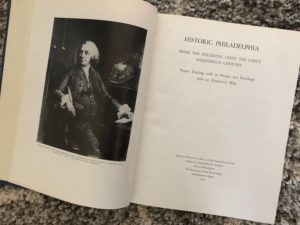 I first encountered John Ewing, on the pages of a 1953 Historic Philadelphia book, published by
I first encountered John Ewing, on the pages of a 1953 Historic Philadelphia book, published by 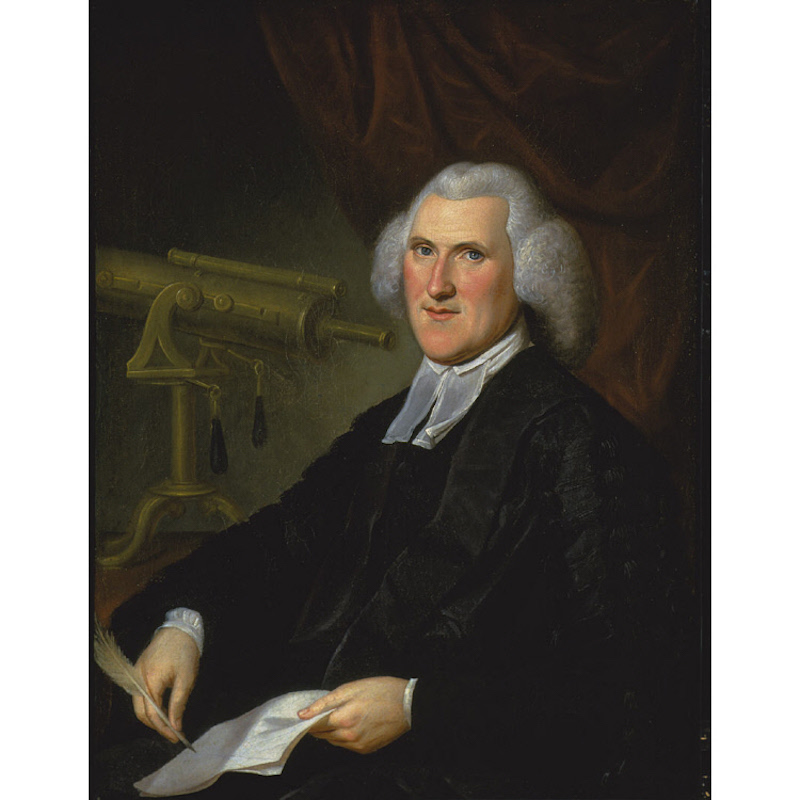
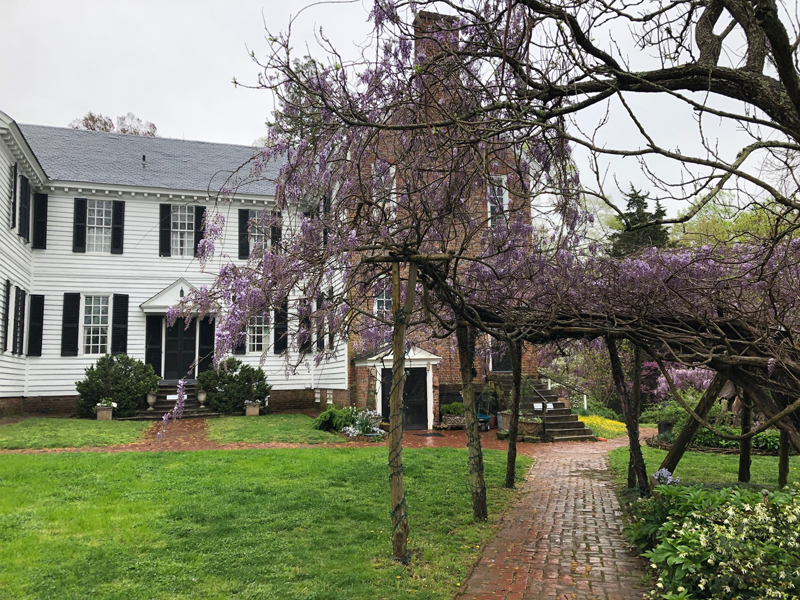
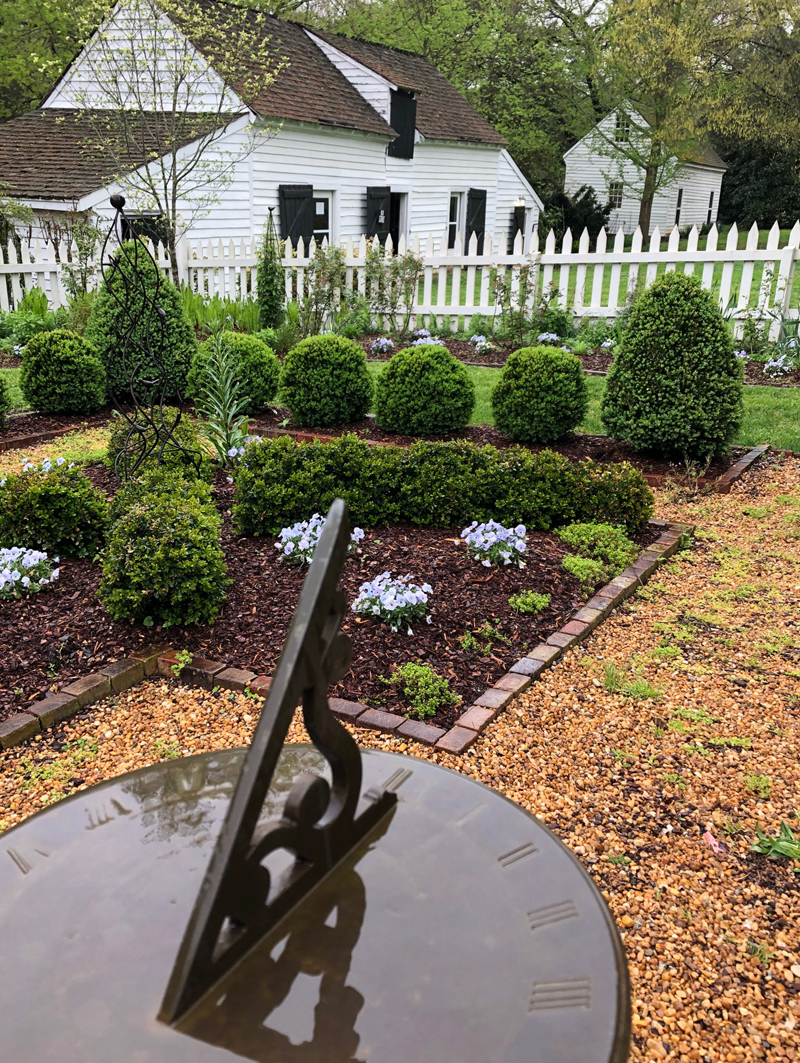
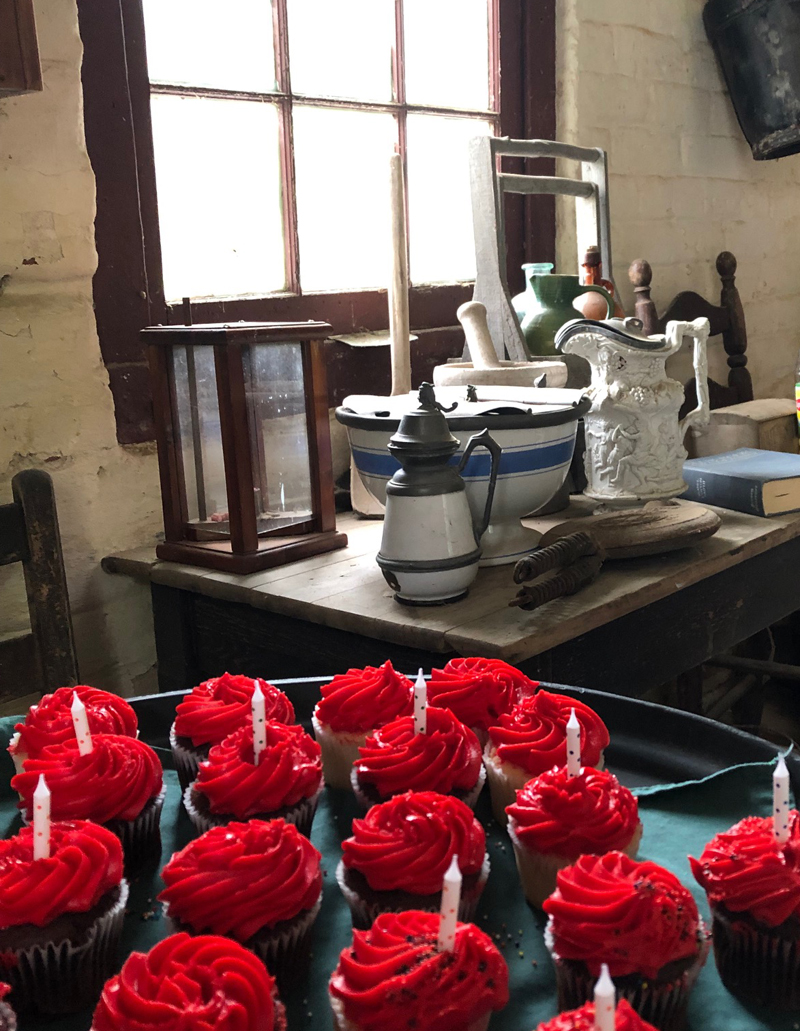
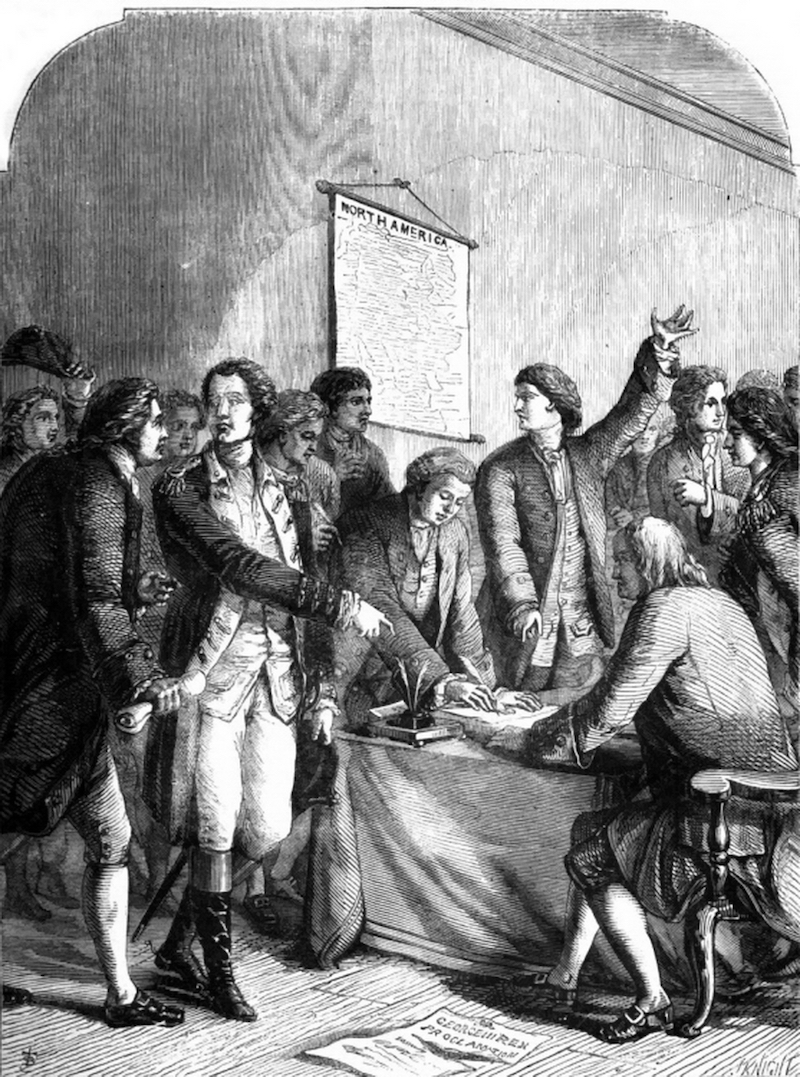
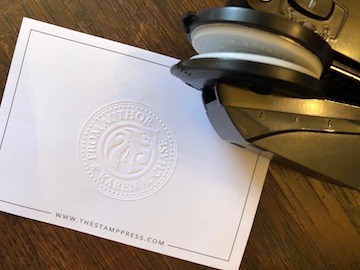 After much thought, and in the spirit of the document, I am limiting the number of signed copies of my novel to just 76 (in honor of the year 1776, of course). I am reserving the first 20 copies for personal use and charitable endeavors, and 56 are being made available on a first-come-basis to the public during the pre-sale period, which begins this Thursday on April 11th. Each of those 76 copies will have a full signature, each will be numbered, and each will carry my personal seal (shown here).
After much thought, and in the spirit of the document, I am limiting the number of signed copies of my novel to just 76 (in honor of the year 1776, of course). I am reserving the first 20 copies for personal use and charitable endeavors, and 56 are being made available on a first-come-basis to the public during the pre-sale period, which begins this Thursday on April 11th. Each of those 76 copies will have a full signature, each will be numbered, and each will carry my personal seal (shown here).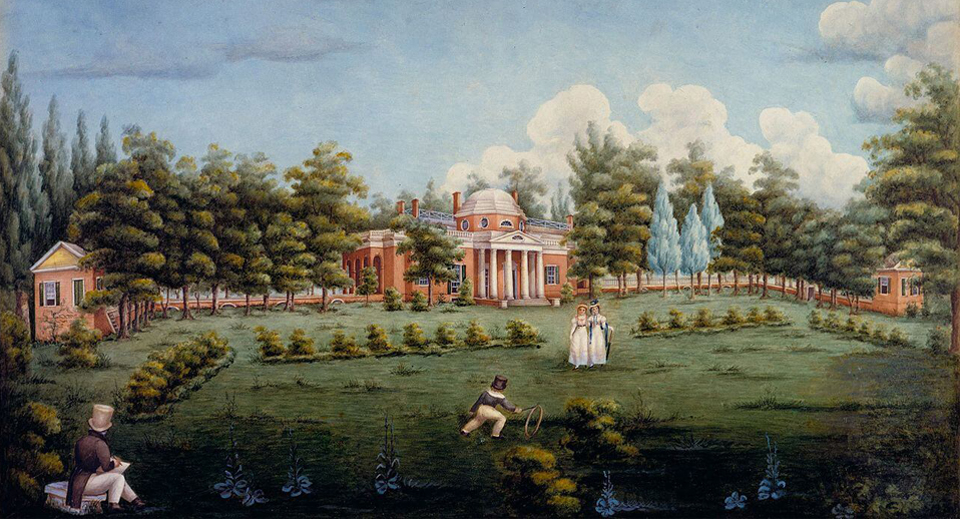
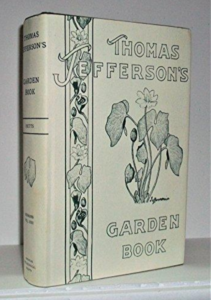
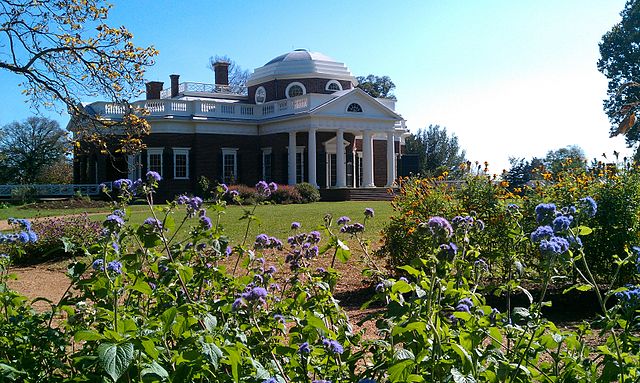
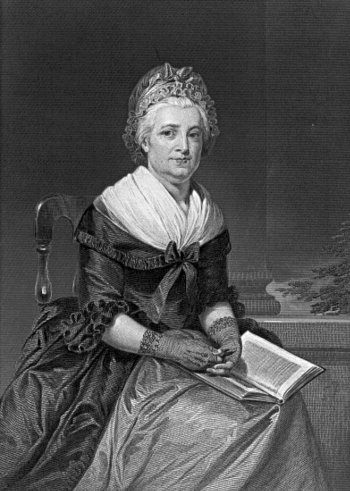

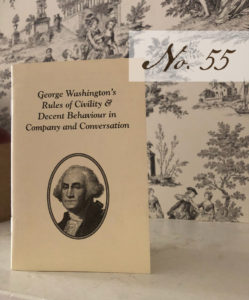 Out of Season Street Food
Out of Season Street Food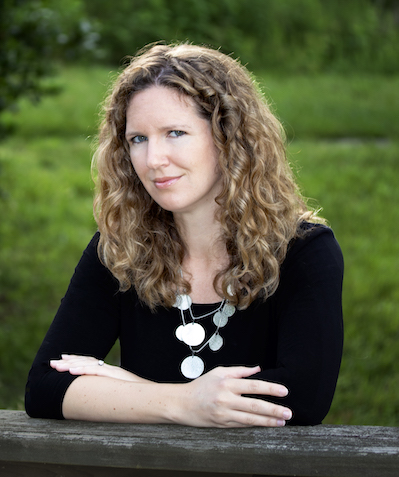 When people think of the American revolution, freedom comes to mind—freedom, liberty, and independence from the necessity of following rules established without any thoughtful representation. But these ideals weren’t and aren’t limited to government. The English language itself went through its own revolution, with founding fathers such as Ben Franklin at the helm here too.
When people think of the American revolution, freedom comes to mind—freedom, liberty, and independence from the necessity of following rules established without any thoughtful representation. But these ideals weren’t and aren’t limited to government. The English language itself went through its own revolution, with founding fathers such as Ben Franklin at the helm here too.
